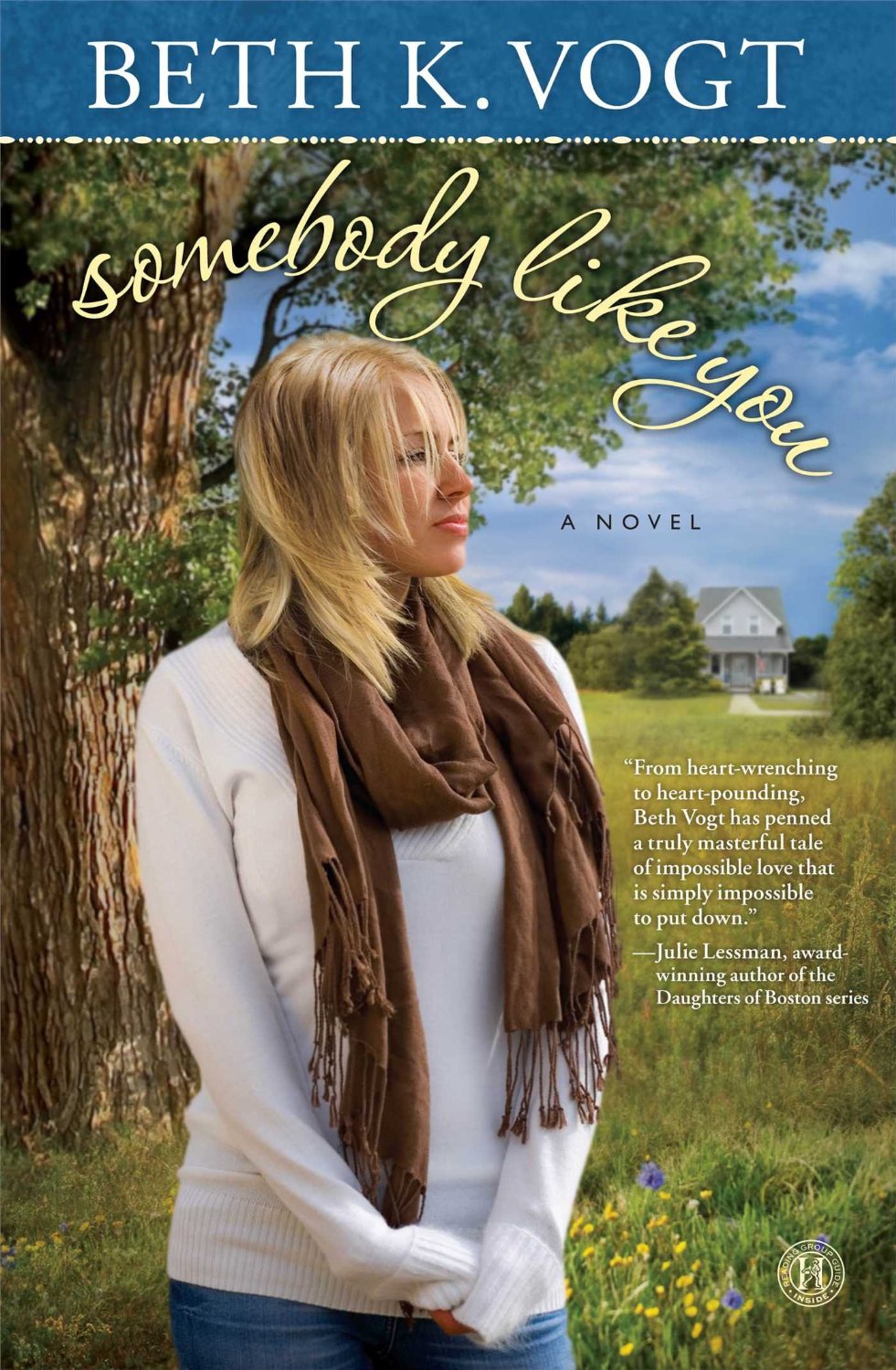I watched the season finale of Once Upon a Time last night (*warning! Spoilers!*) and it was one of the best episodes in the series. Why? The tension! The plot was simple – the heroine, who’d finally found her happy ending with her family, accidentally fell back into time, and thwarted the epic, historical meeting of her parents. She pulled a “Back to the Future” and erased her future.
What does she want? To return home and live happily with her family. Her goal – make sure her parents met, somehow. Why? Because after a horrible childhood, she’s finally found a home. What’s at stake? Her life – and her son’s life.
And…standing in her way is the Evil Queen (as well as the lack of magic needed to open the time portal.)
Great set up for the episode – and even better, it makes for exactly the right ingredients to talk about how to create powerful tension in a story – and especially how to keep your Act 2 tension from saggy by creating tension in every scene.
Let’s start a definition of tension. Obstacles and Activity are not Tension. Tension is derived from a sympathetic character, who wants something, for a good reason, and who has something to lose, who then creates a specific, identifiable goal, only to run up against compelling, powerful obstacles, which then creates the realistic fear of failure.
In other words, the MBT Scene Tension Equation.



